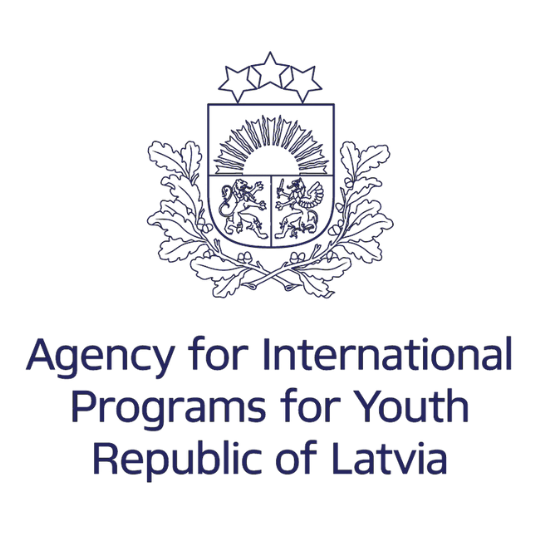What aspects of inclusion should you keep in mind when developing microlearning activities for body liberation? Here is a list of few to start with.
To support body liberation, inclusive practices create environments where everyone feels respected, valued and empowered to engage fully. Drawing on insights from the Inclusion Toolbox by CoE, these practices can foster understanding, reduce stigma, and promote acceptance of diverse body types, sizes, abilities, and identities.
Embracing diversity in all forms
Inclusive practices start with an acknowledgment of diversity. This means actively affirming that bodies of all types, sizes, and abilities have value. Inclusion-focused microlearning can use diverse representation in images, examples, and case studies to showcase various body types, challenging narrow standards of appearance.
☝️ For example, using real stories and visuals that depict a range of body sizes, physical abilities, and ages can make educational content more relatable and meaningful to a wide audience.
Microlearning content can focus on debunking myths around “ideal” bodies, exploring how societal standards impact mental health and self-perception, and demonstrating the beauty in uniqueness.
This approach fosters a foundation where learners understand that all bodies, including those that may not fit societal “norms,” are deserving of respect and inclusion.
Creating accessible learning environments
Accessibility is essential to inclusive body liberation practices. All materials should be designed with diverse needs in mind, using formats that ensure learning is accessible to everybody.
☝️ For instance, providing closed captions on videos, using screen-reader-compatible text, and offering both visual and auditory learning options can make content accessible for everyone, including those with physical or sensory disabilities.
Additionally, inclusive microlearning should consider pacing and content adaptability, allowing learners to engage at their own speed and revisit material when needed. This accessibility not only ensures broader participation but also communicates that learning should be inclusive of everyone’s needs.
Promoting a culture of belonging
Body liberation depends on creating a strong sense of belonging for all individuals. Microlearning can cultivate this by encouraging empathy and self-reflection, helping learners understand how their own perceptions of bodies have been shaped and how they can contribute to a more inclusive society.
☝️ Including exercises like self-reflective journaling, discussions, or scenario-based learning can help individuals recognize their own biases, examine the roots of these attitudes, and explore inclusive behaviors.
In practice, this might involve short, reflective activities that prompt learners to think about how they can affirm diverse bodies in their daily interactions. By providing structured, reflective prompts, microlearning can create a safe space for learners to identify and challenge harmful beliefs, while also celebrating diversity and promoting acceptance.
Educating on non-discriminatory language and behavior
Language shapes perceptions and influences attitudes. Inclusive microlearning should educate learners on using non-discriminatory, respectful language and behaviors when discussing bodies.
☝️ By teaching inclusive terminology and encouraging respectful dialogue, we can assist learners become more mindful of how words impact others. Content can focus on common language mistakes, respectful corrections, and examples of inclusive vocabulary, which contribute to a culture that respects bodily diversity.
Additionally, learners can engage in scenarios where they practice inclusive communication. Through these exercises, learners gain skills to respond thoughtfully to body-shaming or discriminatory comments, fostering environments that promote body liberation.
Addressing implicit biases and stereotypes
Implicit biases often reinforce exclusionary attitudes toward certain body types, sizes, or abilities. Microlearning offers an accessible, gradual way to tackle these biases, raising learners’ awareness of their unconscious assumptions.
☝️ Short assessments, reflective prompts, and situational exercises can raise awareness about personal biases related to bodies and guide learners to replace these biases with understanding and acceptance.
Learners could participate in activities where they identify and challenge common stereotypes, such as assumptions about health based on size or capability based on appearance. This awareness can lead to more empathetic behaviors and a stronger commitment to body-positive, inclusive interactions.
Conclusion
Keeping an eye on inclusivity of your activities and methods can empower individuals to challenge body-based prejudice, foster respect, and promote acceptance. By integrating these practices into microlearning content, we can further cultivate small yet impactful changes in mindset and behavior for a more inclusive youth work and society.
Photo by Claudio Schwarz on Unsplash


This article was created within an Erasmus+ funded project Microlearning for Body Liberation, contract No. 2024-1-LV02-KA210-YOU-000247374. Views and opinions expressed are however those of the author(s) only and do not necessarily reflect those of the European Union or The Agency For International Programs For Youth in Latvia (JSPA). Neither the European Union nor the granting authority can be held responsible for them.




